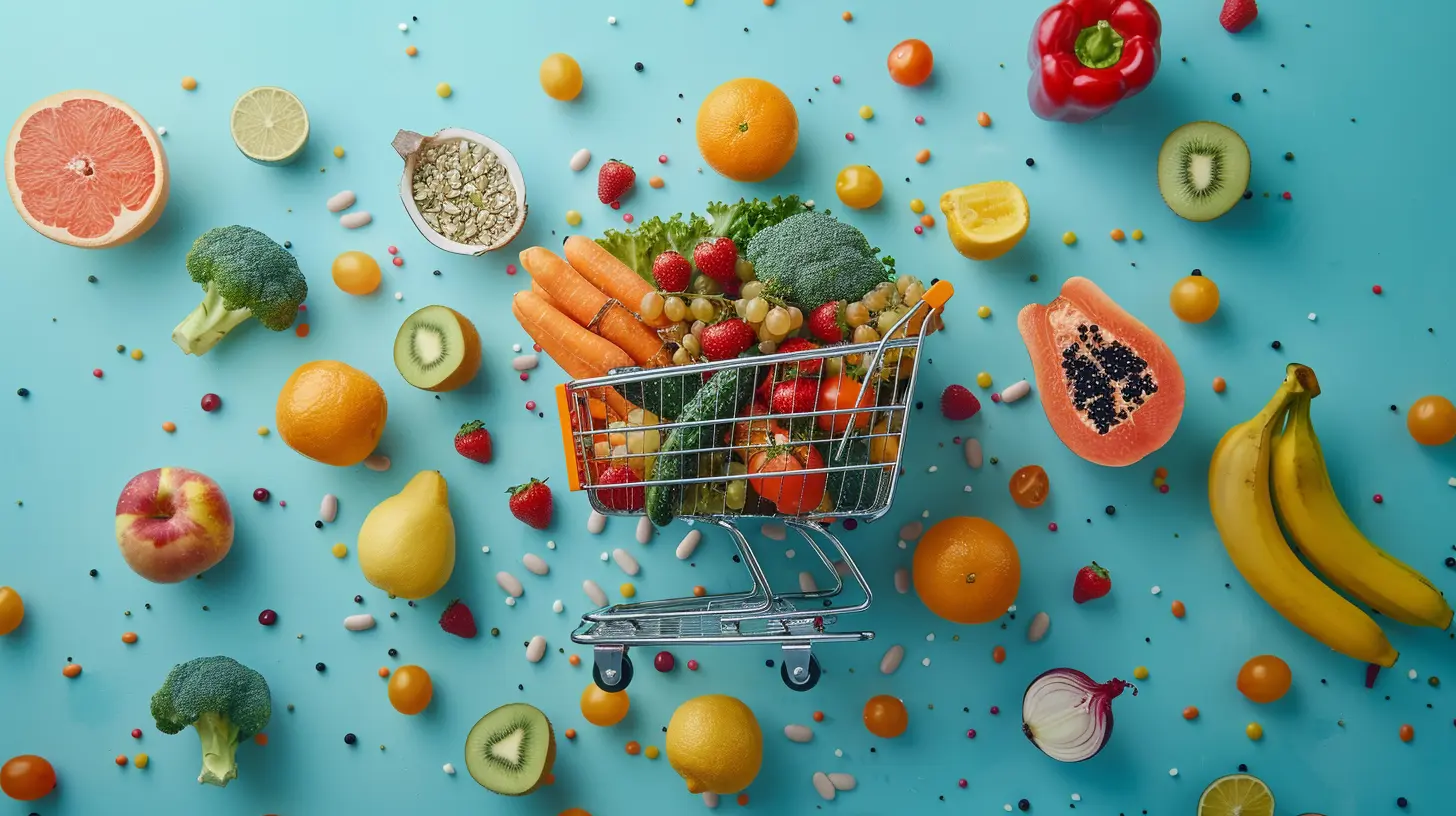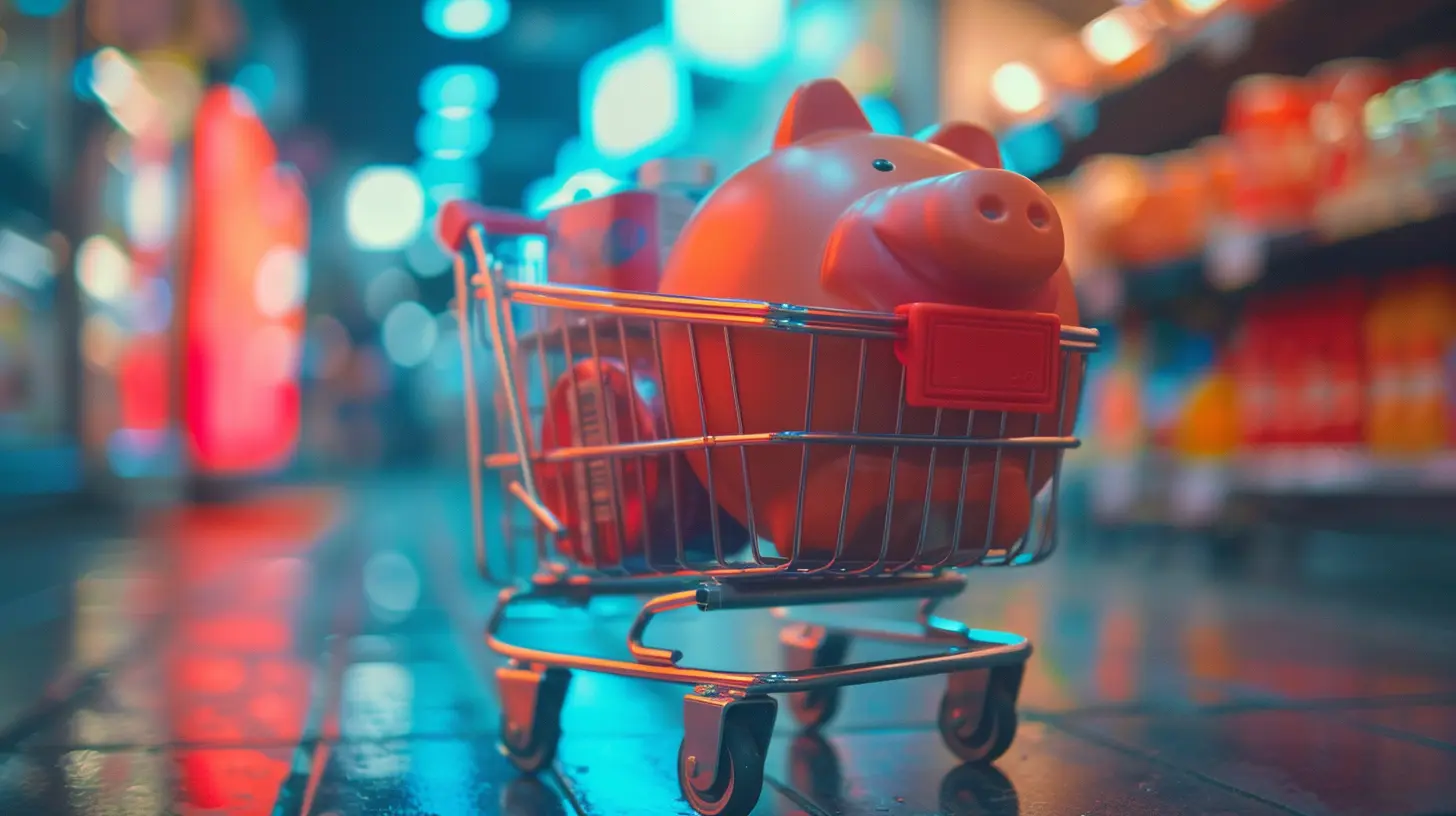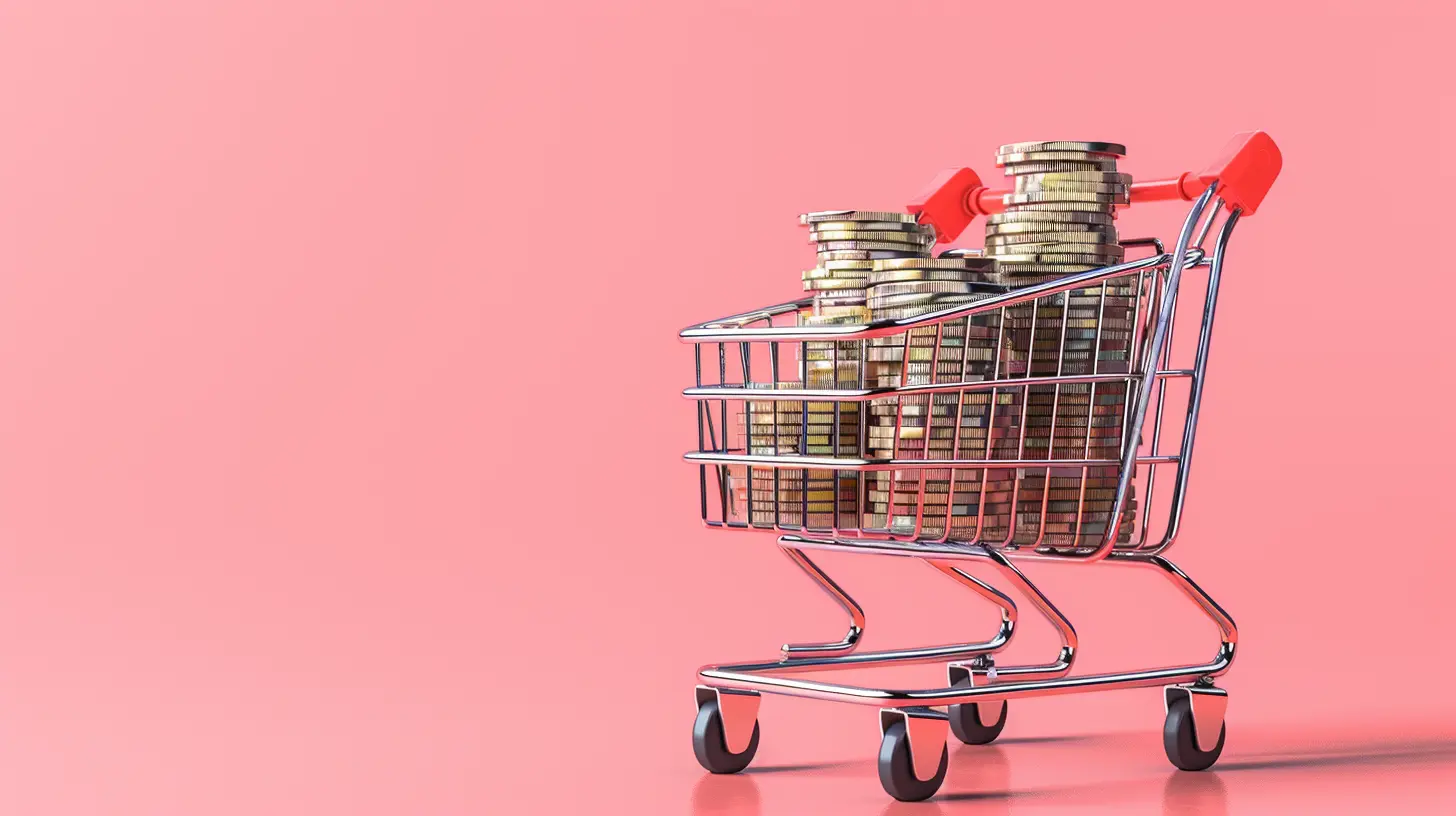Why Rising Inflation Makes Groceries More Expensive
11 November 2025
Alright, buckle up your shopping carts, folks—we're diving into the frustrating world of inflation and why your favorite groceries now feel like luxury items. Remember when you could walk into a supermarket, grab a dozen eggs, a loaf of bread, and a gallon of milk for less than five bucks? Ah, what a time to be alive… sadly, that was yesterday, and today, prices are doing their very own version of skydiving—except instead of falling, they’re jumping out of planes and climbing mountains on the way up.
In this article, we're going to unpack (pun intended) how inflation sneaks into your shopping bags and why your grocery bill now looks like a receipt from a five-star restaurant. Let's get real, add a splash of humor, and figure out how rising inflation is making our groceries so gosh-darn expensive.
What Is Inflation Anyway?
Before we start blaming inflation for all our financial woes (though it deserves it), let’s understand what it actually is.In simple terms: inflation is the rate at which the general price of goods and services rises over time. Imagine your money is like an ice cube. Over time—and especially under the hot sun of inflation—it melts, losing purchasing power. So, whatever a dollar could buy last year now demands a dollar and ten cents, or more.
And the worst part? Your paycheck doesn’t always get the memo.
The Grocery Store Chronicles: Then vs. Now
Let’s paint a picture: Ten years ago, a $50 grocery outing could feed a family for a week. Today? That covers half your cart—or maybe just the organic section (because yes, those cage-free eggs and grass-fed steaks have a personal trainer, apparently).Prices haven't just gone up—they've practically joined a gym and bulked up.
So, what gives? Why does inflation hit our groceries particularly hard?
Supply Chains: The Dominoes That Keep Falling
Ever play with dominoes as a kid? You line them up and—flick—down they go. Well, the global supply chain is kind of like that. When one domino (say, fuel prices or shipping delays) falls, the rest come tumbling.🚚 Transportation Costs
Let’s not forget, food doesn’t teleport from farm to shelf (though, we wish). Trucks, planes, and ships haul your produce, meat, and snacks across countries. But when fuel prices go bananas, shipping costs eat into profit margins. Companies then pass the cost to—you guessed it—us.🧺 Packaging and Processing
Inflation doesn’t stop at raw food. Packaging materials (like plastic, cardboard, and glass) and labor costs for processing also go up. That shiny cereal box with the cartoon tiger? It’s not so grrreat for your bank account anymore.⚙️ Labor Shortages
Inflation often brings wage demands along for the ride. If grocery store workers, factory employees, and delivery drivers need higher wages (and rightfully so), companies offset those costs by—yep—raising prices.
Supply and Demand: The Age-Old Tug of War
Ah, supply and demand. These two are like that bickering couple that’s been together forever but still manage to mess everything up at family reunions.When inflation is high, sometimes demand stays the same (or even increases), while supply struggles to keep up. That could be due to droughts, economic policy, or those weird panic-buying sprees (remember the 2020 toilet paper fiasco?).
🍞 Food Shortages
If there’s a drought in a major wheat-producing country, the global wheat supply shrinks. Bakers still need flour, and we all still want bread. Less wheat, same demand = higher prices. Inflation loves this game—it amplifies the pressure.Currency Devaluation: When Your Dollar Loses Its Swagger
One sneaky side-effect of inflation? Currency devaluation. When inflation rises sharply, your dollar just doesn’t stretch as far.Imagine giving a dollar a pep talk: “You can do this, buddy! Go buy that loaf of bread!” And the dollar looks back like, “Uh… I can barely cover half of it now.” Tough times.
When your currency drops in value compared to others, importing goods becomes more expensive. And a lot of our food? Imported. Even if it’s grown locally, parts of the process (like packaging or fertilizer) might be sourced globally.
Government Policies: Good Intentions, Mixed Outcomes
Governments do try to cool inflation. Interest rate hikes, stimulus checks, and subsidies are all tools in the inflation-fighting toolbox.But sometimes they can stir the pot instead of settling it. For instance, when interest rates go up to control inflation, borrowing becomes more expensive. That affects businesses that rely on credit for operations (like your friendly neighborhood grocery store chain), and—you guessed it—prices in stores inch upwards to cover the cost.
The Cost of “Healthy” Living
Let’s talk health trends. Organic, gluten-free, non-GMO, keto-friendly… these all sound great on paper. But they come at a premium.Even in a non-inflated world, these groceries cost more. Add inflation to the mix, and suddenly your healthy lifestyle has a luxury price tag on it. Quinoa might as well have a security tag at this point.
And don’t get us started on avocados. Delicious? Yes. Pricey during inflation? Heck yes.
Shrinkflation: The Sneakiest Trick in the Supermarket
Here’s a fun (read: frustrating) twist—sometimes your grocery bill seems the same, but you’re getting less. This sly culprit is called shrinkflation.Your beloved bag of chips? Same price, fewer chips. That roll of toilet paper? Smaller sheets, but still billed like royalty. Companies disguise inflation by quietly reducing product size instead of increasing the price, and unless you read labels like it's a Netflix thriller, it's easy to miss.
The Emotional Cost: It’s Not Just About Money
Let’s get real for a second. Inflation doesn’t only hit your wallet—it messes with your mood, too.Ever walked out of a store and just stared at your receipt, wondering what in the world just happened? You start to do mental gymnastics trying to justify how your produce haul came to $92.
The stress of balancing finances, especially during inflationary periods, puts strain on families, individuals, and relationships. Planning meals starts to feel like planning a heist—how do we get the most nutrition for the least cash?
What Can You Actually Do?
Okay, enough of the doom and gloom. Let’s talk about how to shop smarter, not sadder.🛒 Shop Seasonally
Produce that's in season tends to be cheaper and fresher. Strawberries in summer? Yes. Strawberries in winter? Your wallet says no.📋 Make a List (And Stick to It!)
Impulse buys are a budget’s worst enemy. That new artisanal almond butter? Delicious, but will it help you survive the week? Doubtful.💸 Go Generic
Name brands may taste a little better (so they say), but your wallet often won’t agree. Store-brand items typically come from the same factories without the fancy labels.🧊 Embrace the Freezer Aisle
Frozen produce and meals can be cost-effective and long-lasting. Plus, no pressure to use them before they go sad in your fridge drawer.🧾 Track Prices and Use Apps
There are tons of apps that help you compare prices, find digital coupons, and track your spending habits. Treat your grocery game like a strategy video game—these tools are your power-ups.So, Why Is Inflation Making Groceries So Expensive?
In summary, rising inflation impacts groceries because it drives up the prices of every component that gets that cereal box or frozen pizza into your hands: fuel, labor, materials, transportation, and more. Add in global economic chaos, weather changes, and consumer demand, and boom—your weekly grocery trip now feels like a luxury excursion.And while we can’t stop inflation in its tracks (sorry, not even with a coupon), we can shop smarter, budget better, and keep our sense of humor as we navigate the financial jungle that is today’s supermarket.
Stay savvy, friends. And maybe keep a magnifying glass in your purse—you’ll need it to check for shrinkflation.
all images in this post were generated using AI tools
Category:
Inflation ImpactAuthor:

Harlan Wallace
Discussion
rate this article
1 comments
Dax Snow
It's tough to see grocery prices rise, especially when budgets are already tight. Remember, you're not alone in facing these challenges. We can adapt together.
November 25, 2025 at 4:28 AM

Harlan Wallace
Thank you for your understanding! Together, we can navigate these challenges and support each other through tough times.


